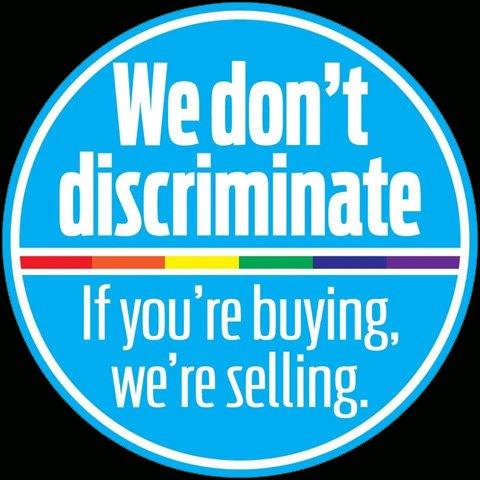 Do you ever notice that some logos are easy to understand but others are confusing? You wonder what they are selling or why you should buy it. You can’t quite read the words for the curlicues, or the image just doesn’t make sense.
Do you ever notice that some logos are easy to understand but others are confusing? You wonder what they are selling or why you should buy it. You can’t quite read the words for the curlicues, or the image just doesn’t make sense.
Somebody tried to get cute, clever and creative instead of clear, communicative, and definitive. How did that happen? What possessed them to come up with a logo that nobody gets?
Everybody in that company’s creative department got it. It looked good on their monitor. They all thought it was extremely clever. They all enjoyed the explanation of the symbolism. Only now, it’s on an uneven surface, in a poorly lit store, or the side of a box or the side of a truck. And there’s no one around to explain its deeper meaning.
An excellent logo must convey the product’s message in graphic form. That message must be compelling, stand for something and/or satisfy the buyer’s need. Sounds simple enough, but the road to successful logo development is full of potholes.
Here are 5 big potholes you want to avoid:
1. Mystery.
Some logo designers think it’s clever to make the customer search for the true meaning, like it was a mystery the customer has to solve. They want to “leave something for the imagination” or interpretation. That may work fine for studying abstract art but not for folks who are going to give your logo a one-second view. Make the message up front, clear and obvious.
2. Elaboration.
In a desire to be fancy, intricate or elegant, some logo designers will suggest fonts that are so stylish that they are actually hard to read. Curlicues, frills and squiggly lines may confuse and irritate a customer who is pressed for time and trying to make a decision. Stick to the clean and simple when it comes to logo design. Get your message across with the least amount of clutter.
3. Explanation.
Some logo designers get carried away with the symbolic and love to explain the story and true significance of the icon. They want you to appreciate why they chose a particular image. When you finally get it, you may think it’s very clever, too. Watch out! They won’t be there to explain the symbolic meaning of their image to every browsing customer.
4. Ego.
We all think we are skilled at marketing. Your idea for your logo may seem perfect to you and your friends, but have you taken the packaging, distribution, and media into account? In each area are many demands that must be satisfied first, before you have the luxury to be creative. Don’t be tripped up by a requirement you hadn’t thought about. Do your homework.
5. Inappropriateness.
Some logos have nothing to do with the product, service, or distinctive quality. Maybe it is some image or word that the owner holds dear, but it won’t get the attention of your buyer fast enough. Chose a symbol or a word that conveys what the product is, what it does, how it is unique, or how your customers will feel when they use it.
Your logo is the flag you want your own people, the distributors, and your customers to salute. Successful logo development is always the best solution to the many competing requirements along a road strewn with tire-eating potholes.



